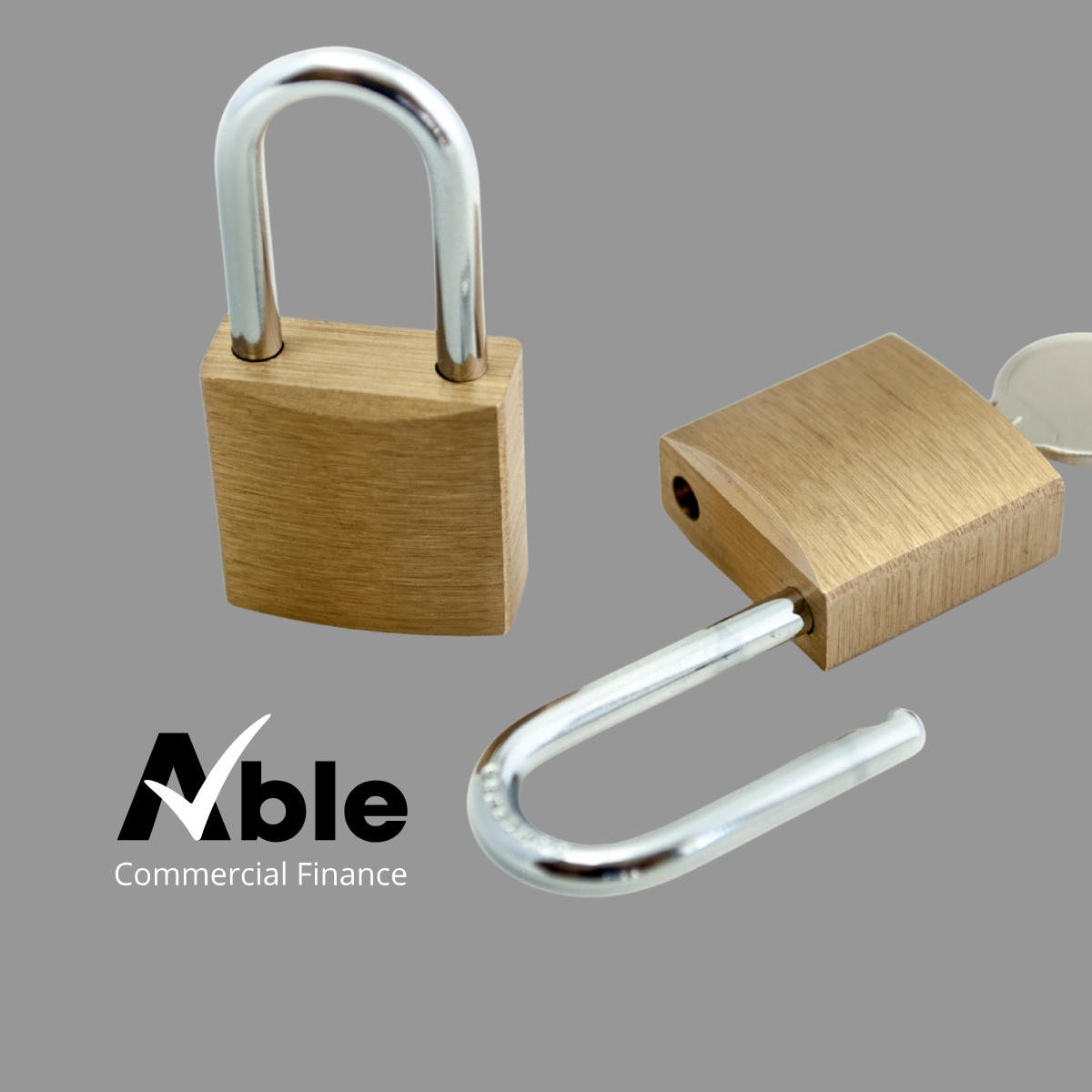When businesses start looking at finance, one of the first questions that crops up is whether to go secured or unsecured. The terms are familiar, but the reality of what they mean for your business isn’t always as straightforward as it sounds. And with borrowing costs still relatively high in 2025, making the right choice has never been more important.
Understanding the basics in today’s market
A secured loan is backed by assets. That could be property, vehicles, machinery, or other items of value. In practice, it gives the lender reassurance – if the borrower can’t repay, the lender has something tangible to fall back on. The trade-off is that secured loans usually come with lower interest rates and higher potential borrowing limits. They can also stretch over longer terms, making monthly repayments easier to manage. But they take time. Valuations, paperwork and legal checks all add up, and the risk is clear – put up your assets as collateral, and you’re putting them on the line if things don’t go to plan.
By contrast, an unsecured loan doesn’t require collateral. That makes it faster and more flexible – some lenders can release funds within days – and it suits companies that don’t own significant assets or don’t want to tie them up. Unsecured loans are often used for working capital, expansion, equipment, or even tax bills. The catch, however, is cost. Rates are typically higher than secured loans, and lenders usually limit the amounts available. They’ll lean heavily on the business’s trading history, bank statements, and often the personal credit score of the directors. Start-ups without at least a year of revenue may find their options restricted.
To see the difference in action, imagine two businesses – a Midlands manufacturer has landed a contract that requires new machinery worth £500,000. They choose a secured loan against their factory premises, allowing them to borrow a large sum at a manageable rate, repaid over several years. Meanwhile, a boutique recruitment firm in Manchester is facing a cash flow crunch because clients are taking 90 days to pay invoices. They opt for a short-term unsecured loan to cover payroll, knowing the higher monthly cost is worth the speed and flexibility. Both businesses get what they need – but through very different routes.
So how does this play out in 2025? The lending market has shifted, and interest rates are lower than their 2023–24 peak but still high compared with the 2010s. Banks remain cautious and slow, while alternative lenders and fintech platforms have broadened the field. Asset finance and invoice discounting continue to grow, offering secured-style products without needing property as security, while unsecured loans remain popular for speed. In short, secured and unsecured still sit at the heart of business finance, but the routes to accessing them have multiplied.
Choosing what’s right for your business
The decision between secured and unsecured isn’t simply about cost. It’s about context – what your business needs now, and what it can comfortably put on the table.
If you’re looking at a large capital investment – new premises, specialist machinery, expanding into a new market – secured borrowing often makes sense. The lower rates and longer terms balance the scale of the project. If you’ve spent years building up assets, it can be logical to use them to take the next step. But you have to weigh that against the reality that those assets are at risk. If cash flow takes a sudden turn, the consequences can be severe.
Unsecured loans, meanwhile, come into their own when speed and flexibility are key. They’re well suited to managing short-term pressures – a VAT bill, a payroll gap, or the chance to seize an opportunity quickly. They don’t tie up assets, which is particularly valuable for younger businesses or those in sectors where physical collateral is limited. The flip side is that unsecured lending usually costs more in the long run. The repayments hit harder month by month, and borrowing limits are lower.
The real challenge is that many business owners only explore one option. More than half of SMEs seeking external finance only speak to a single provider, and if that provider isn’t the right fit, or only offers one type of loan, opportunities are lost. Too often, businesses give up at the first “no”.
That’s where independent advice comes in – brokers can line up both secured and unsecured options, compare the true cost of borrowing, and explain the trade-offs in plain terms. They’ll also know which lenders are likely to say yes, saving time and protecting your credit score from unnecessary applications. Crucially, they’ll help match the solution to the situation -secured when the long-term stability and lower rates outweigh the risks, unsecured when speed and simplicity matter most.
If you’d like some advice or help navigating your options, get in touch.




